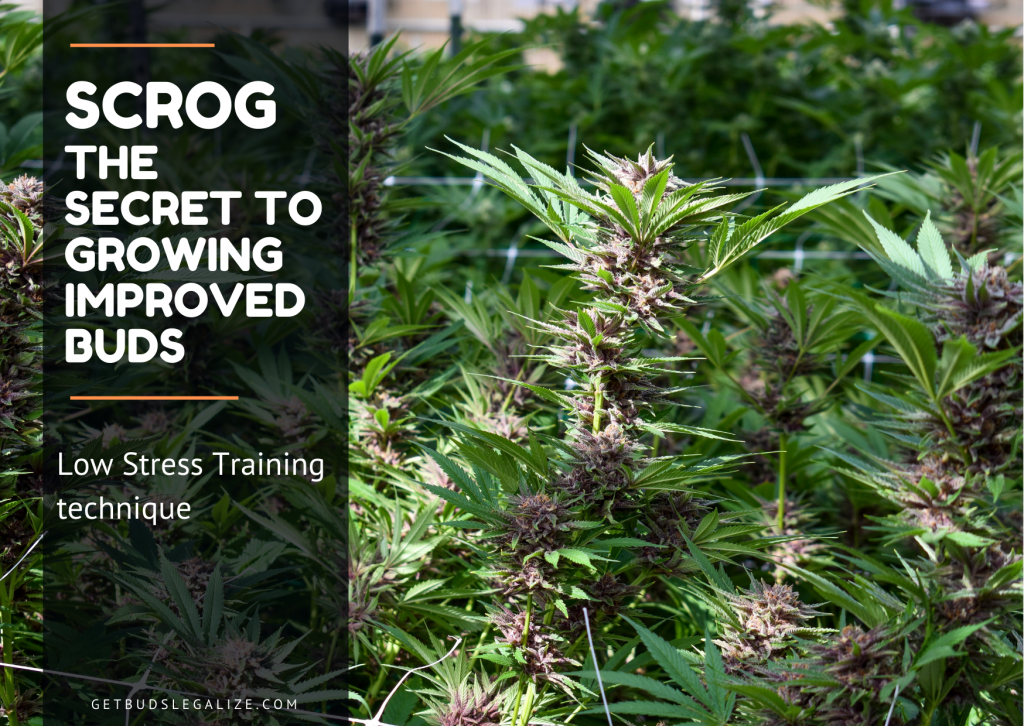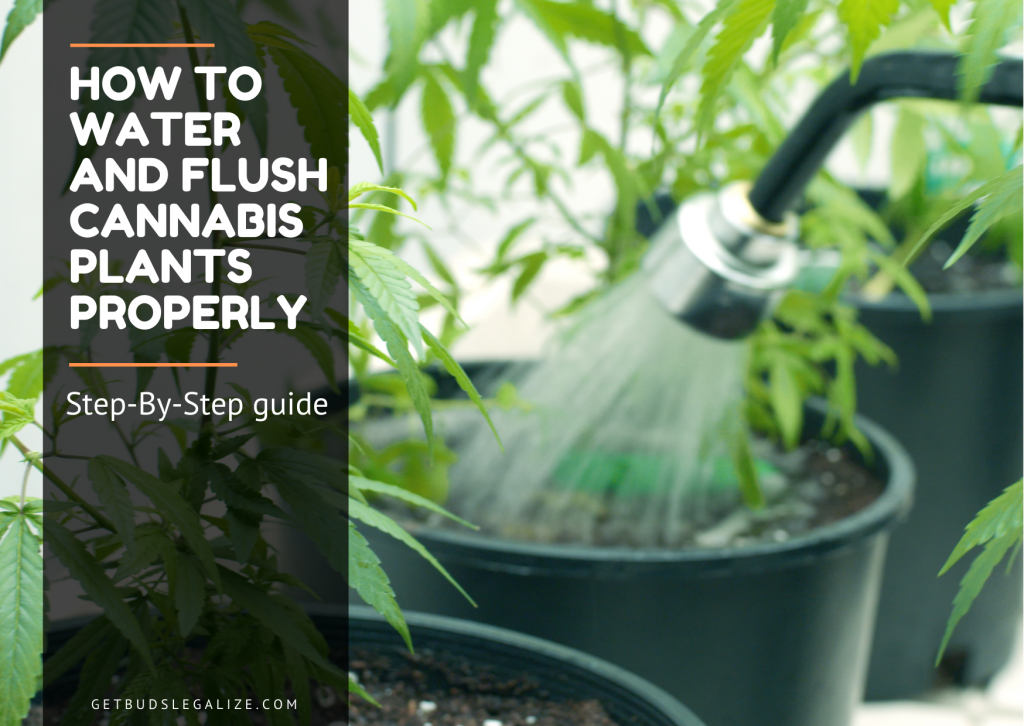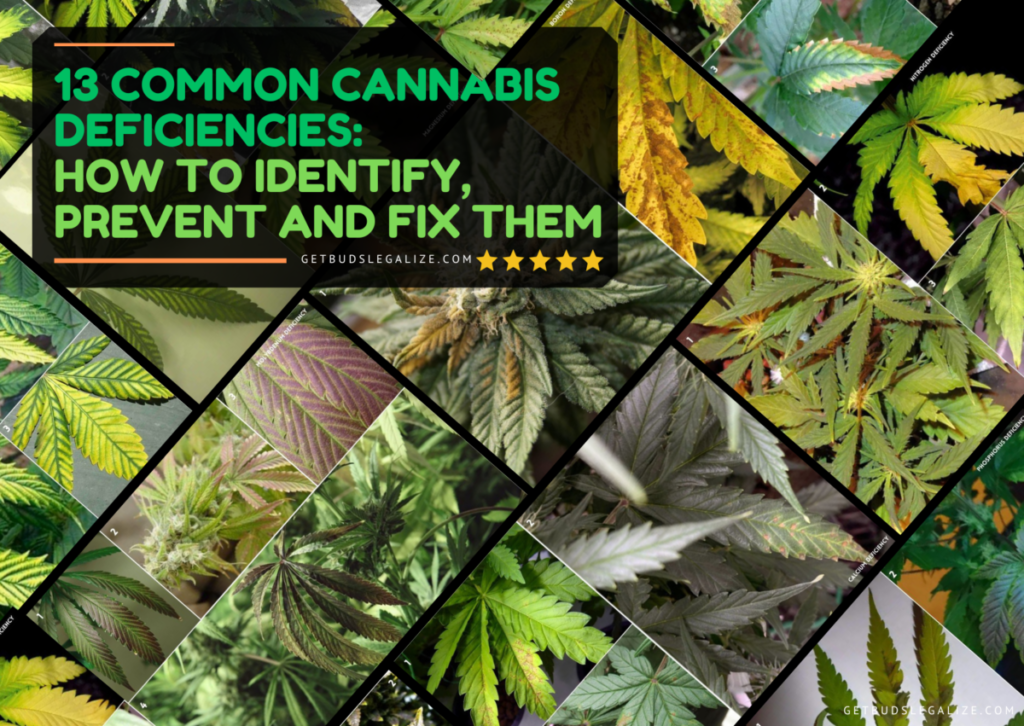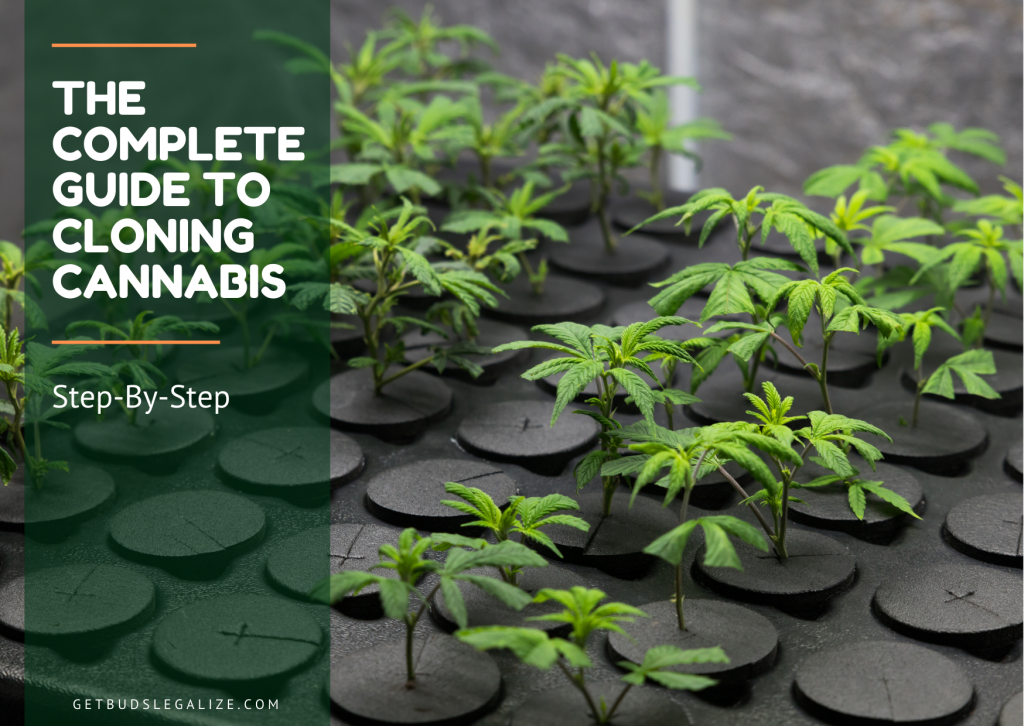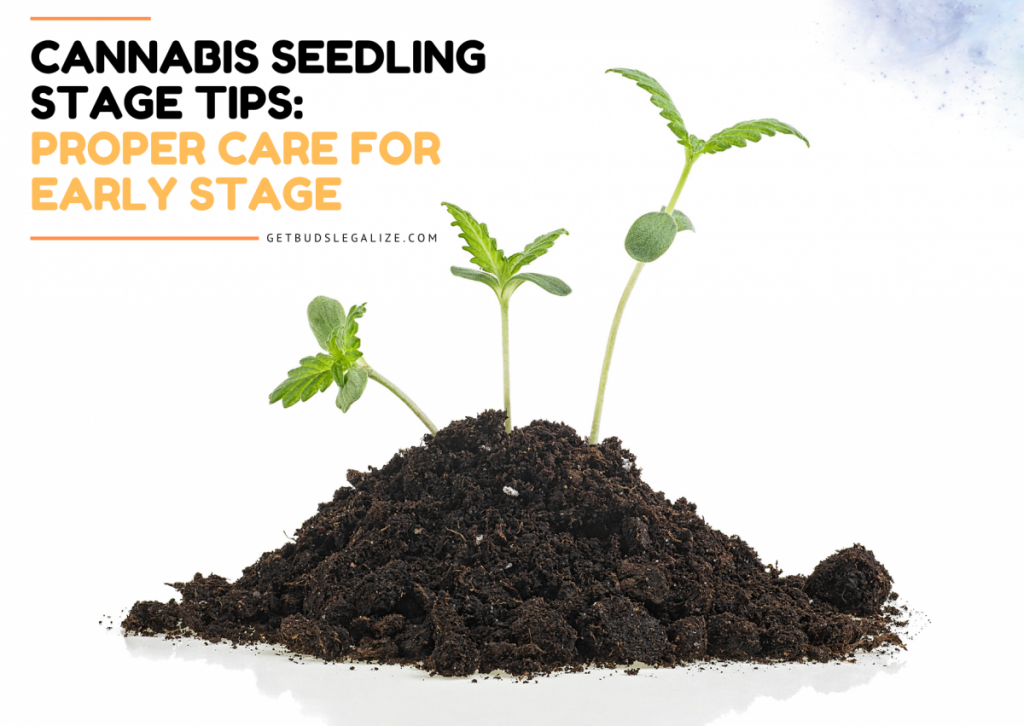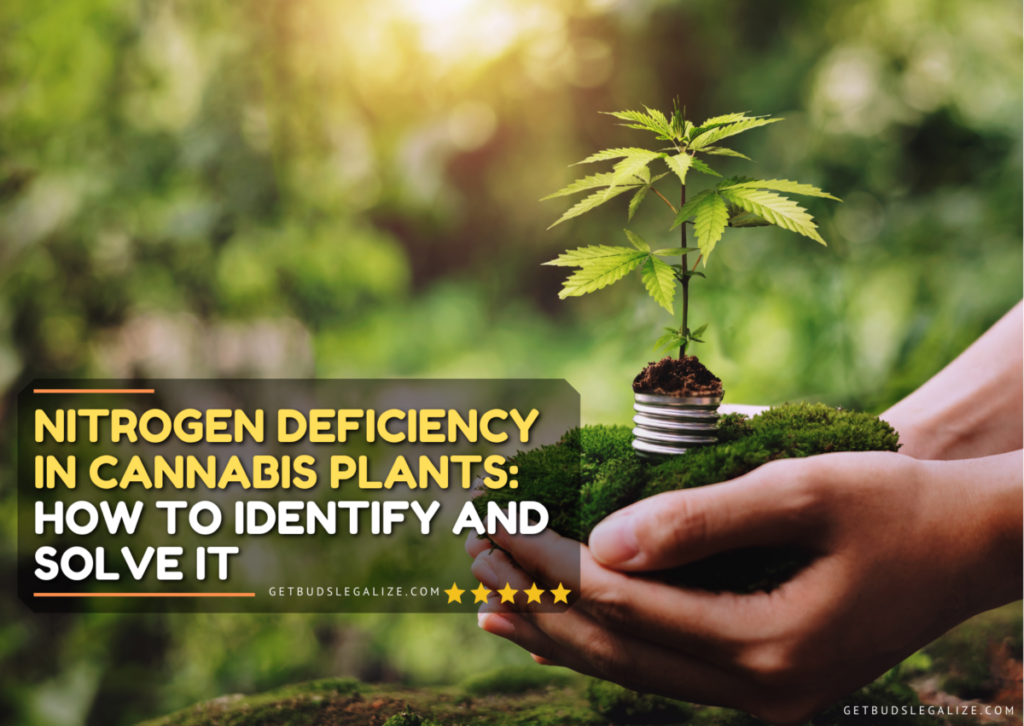How to Use CO2 Enrichment to Increase Your Cannabis Yield
If you are a cannabis grower, you might be interested in learning how to use CO2 to increase your yields. CO2 is a vital component of photosynthesis, the process by which plants convert light energy into chemical energy. In this blog post, we will explain what CO2 is, how it affects cannabis plants, and how you can use it to boost your harvest.
What is CO2 and Why is it Important for Marijuana Plants?
CO2 is the chemical formula for carbon dioxide, a gas that is essential for all living organisms. Plants use CO2 to produce sugars and oxygen through a process called photosynthesis. Marijuana plants need CO2 to grow and thrive, especially in indoor environments where the natural supply of CO2 may be limited.
Benefits of Using CO2:
The benefits of using carbon dioxide on marijuana plants are:
- Faster and healthier growth: When photosynthesis occurs optimally, plants flourish. They can produce more biomass, develop stronger stems and branches, and resist pests and diseases better.
- Larger yields: Combining CO2 injection with Marijuana allows the plants to produce more buds and trichomes at their peak. Some studies have shown that carbon dioxide enrichment can increase cannabis yields by up to 20% or more.
- Improved temperature tolerance: Plants are not as sensitive to heat when they have an adequate supply of CO2. They can withstand higher temperatures without wilting or stressing. This is especially useful for indoor growers who use powerful lights that generate a lot of heat.
- Enhanced flavor and potency: CO2 injection can also improve the quality of your cannabis product by increasing the production of terpenes and cannabinoids, which are responsible for the aroma, flavor, and effects of cannabis.
Drawbacks of Using CO2:
CO2 is not a magic bullet that will solve all your growing problems. Using it also has some challenges and risks, such as:
- Increasing the cost and complexity of your growth setup, which means more investment and maintenance
- Requiring a sealed and ventilated grow room, which means more equipment and control
- Demanding more light and nutrients for your plants, which means more electricity and fertilizer
- Potentially harming your plants or yourself if used incorrectly or excessively, which means more caution and safety
How to Introduce Additional CO2 to Your Grow Room:
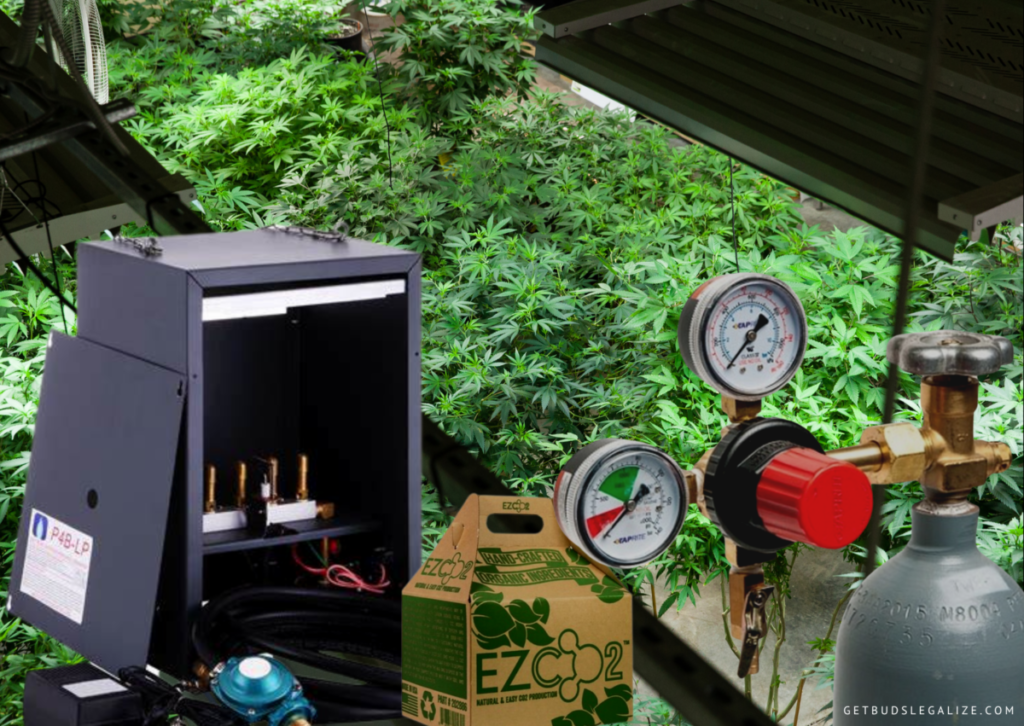
There are several sources of CO2 that can be used for your growing room. Some of the most common are:
- Natural CO2 methods: These involve using natural sources of CO2, such as fungi bags, pads, or compost bins, that release carbon dioxide as they decompose. These methods are cheap and easy to use, but they do not provide a consistent or precise level of CO2. They also take up space and may produce unpleasant odors or attract pests.
- Dry ice: Dry ice is solid carbon dioxide that sublimates into gas at room temperature. You can place dry ice in a container with holes and hang it above your plants, or simply put it on a tray on the floor. However, you must be careful with this method, as dry ice can be dangerous if handled improperly. You should wear gloves and goggles when handling dry ice, and avoid touching it with bare skin. You should also monitor the CO2 levels in your grow room with a controller or a meter, as too much CO2 can be harmful to your plants and yourself. Dry ice is also expensive and hard to find, so you may want to consider other options for adding CO2 to your grow room.
- Compressed CO2 emitter systems: These are more precise and controlled, but also more expensive and complex. They involve using a cylinder of CO2, a regulator, a flow meter, a solenoid valve, and a timer to release carbon dioxide at a desired rate and duration. The CO2 should be released from above the plants, as it is heavier than air and will sink to the ground. The flow rate should be between 10 and 60 cubic feet per hour.
- CO2 generators or burners: These are devices that burn propane or natural gas to produce CO2 and heat. They are suitable for large grow rooms that need high levels of carbon dioxide and can benefit from the extra heat. However, they also produce some harmful by-products such as sulfur dioxide and ethylene, which can damage the plants if not properly ventilated.
What is the Ideal CO2 Level For Marijuana Plants?
The ideal amount of CO2 you must add to your grow room depends on several factors, such as the type of plants, the size of the garden, the environmental conditions, and the desired results. In general, marijuana plants can benefit from higher levels of carbon dioxide than the ambient concentration of about 400 ppm (parts per million). However, there is a limit to the amount they can use effectively.
According to Leafly, the ideal range of CO2 for cannabis is between 1200 and 2000 ppm. Beyond this range, the benefits of carbon dioxide enrichment diminish and the costs and risks increase. For example, higher levels of CO2 require higher levels of light intensity and temperature to maintain optimal photosynthesis. If these factors are not balanced, the plants may experience stress or damage. Moreover, high levels of CO2 can be harmful or even lethal to humans and animals. Some sources warn that CO2 levels above 3000 ppm are dangerous and that CO2 levels above 5000 ppm can cause death by suffocation.
When is the Best Time to Supplement CO2 in Your Grow Room?
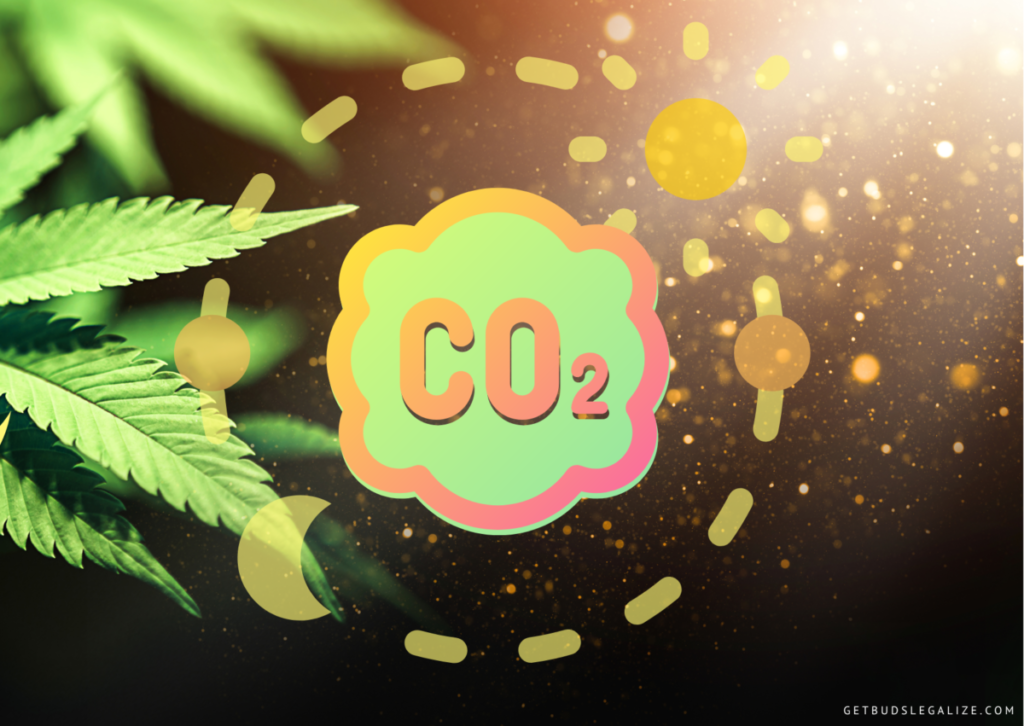
The best time to supplement CO2 is during the vegetative and flowering phases when your plants need more light and nutrients. You can start introducing CO2 when your plants have developed several sets of leaves and stop using CO2 about two weeks before harvest when your buds have reached their maximum maturity.
CO2 is not necessary for all stages of cannabis growth, but it can be more beneficial when:
- Your plants are healthy and vigorous, which means they can utilize CO2 efficiently
- Your lights are powerful and adequate, which means they can provide enough energy for photosynthesis
- Your nutrients are balanced and sufficient, which means they can support the increased growth rate
- Your temperature and humidity are optimal and stable, which means they can prevent stress and mold
How to Set Up a CO2 System in Your Grow Room
Using CO2 effectively is not as simple as adding more gas to your growing space. You need to follow some guidelines and consider some factors to make sure you are getting the most out of your CO2 supplementation. Here are some tips on how to use CO2 for cannabis:
- Use a sealed grow room: CO2 supplementation only works if you can maintain a consistent and elevated level of CO2 in your grow space. This means you need to seal your grow room from any air leaks or ventilation that can dilute or remove the CO2. You also need to make sure your grow room has enough insulation and humidity control to prevent temperature and moisture fluctuations.
- Use a CO2 monitor and controller: To measure and regulate the amount of CO2 in your grow room, you need a device that can detect the CO2 concentration and adjust it accordingly. A CO2 monitor and controller can do this for you automatically, by turning on and off a CO2 source (such as a tank or a generator) based on a set point that you choose. The ideal CO2 level for cannabis plants is between 1200 and 2000 ppm, depending on the light intensity and the strain.
- Match your CO2 level with your light intensity, as more light means more photosynthesis and more CO2 demand. You should use high-powered grow lights such as HID (high-intensity discharge) or LED (light-emitting diode) to provide enough light for your plants to use the extra CO2. The recommended light intensity for cannabis plants is between 800 and 1000 µmol/m2/s (micromoles of photons per square meter per second).
- Avoid exposure to high levels of CO2: While CO2 is essential for plants, it can be harmful to humans and animals at high concentrations. Exposure to high levels of CO2 can cause headaches, drowsiness, nausea, confusion, or even death. You should always wear a mask or respirator when entering your grow room with CO2 injection, and limit your time inside. You should also install a carbon monoxide detector in your grow room to alert you of any leaks or malfunctions.
- Adjust your temperature, humidity, and nutrient levels according to your CO2 level. Higher CO2 levels mean higher plant metabolism and higher transpiration rates. You should increase your temperature to between 83 and 86°F (28 and 30°C), as higher temperatures increase the rate of photosynthesis with CO2. You should also increase your humidity to 70% in the vegetative phase and 60% in the flowering, as higher humidity reduces water loss from the leaves. You should also increase your nutrient dosage, especially nitrogen, as higher CO2 levels increase the plant’s nutrient uptake and demand.
- Use quality genetics and nutrients: CO2 supplementation can enhance the growth potential of your plants, but it cannot compensate for poor genetics or nutrition. You need to choose strains that are suitable for indoor growing, have high yield potential, and are resistant to pests and diseases. You also need to provide your plants with quality nutrients that match their needs during each stage of growth. You might need to increase the amount of nitrogen during vegetative growth and the amount of phosphorus and potassium during flowering when using CO2.
- Add CO2 only during the lights-on cycle, as plants do not use CO2 when it is dark. You can use a timer to synchronize your CO2 system with your lights. You should also seal your grow room to prevent CO2 from escaping or outside air from entering.
CO2 Enrichment for Marijuana Plants Week by Week:
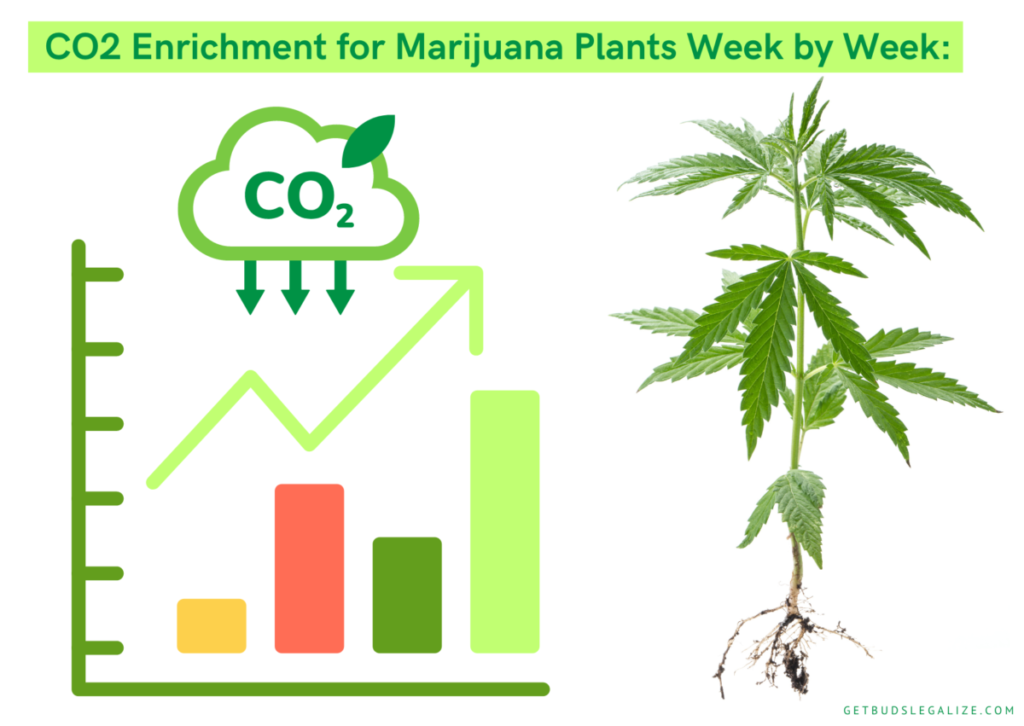
Week 1: Seedling Stage
During the seedling stage, your plants are still developing their root system and their leaves. They do not need a lot of CO2 at this point, as they are not photosynthesizing at a high rate. In fact, too much carbon dioxide can be harmful to young plants, as it can cause them to stretch and become weak.
Therefore, you should avoid using CO2 during the seedling stage. Instead, focus on providing your plants with optimal temperature, humidity, light, and nutrients. You can also use a fan to circulate the air in your grow room and prevent stagnant pockets of carbon dioxide from forming.
Week 2-4: Vegetative Stage
During the vegetative stage, your plants are growing rapidly and producing more leaves and branches. This is when they start to benefit from CO2 injection, as they can use it to increase their photosynthesis and growth rate.
You will need a CO2 monitor to measure the concentration of CO2 in the air. The optimal level of carbon dioxide for marijuana plants is between 1000 and 1500 ppm (parts per million). This is about 3 to 4 times higher than the normal level of CO2 in the atmosphere (around 400 ppm). You should aim to maintain this level throughout the day when your lights are on. At night, when your lights are off, you should turn off your CO2 injection system, as your plants do not need it and it can be wasteful.
You should also make sure that your grow room is well sealed and insulated to prevent the CO2 from escaping or being diluted by fresh air. You should also avoid opening the door or venting the air too often, as this will disrupt the CO2 balance.
Week 5-8: Flowering Stage
During the flowering stage, your plants are producing buds and resin. This is when they need the most CO2, as they are photosynthesizing at their peak rate. By using carbon dioxide, you can increase your yield by up to 20% or more.
To use CO2 during this stage, you can follow the same guidelines as in the vegetative stage. However, you may want to increase the level of CO2 slightly to between 1200 and 2000 ppm, as this can stimulate more bud development and resin production.
You should also monitor your plants closely for signs of overfeeding or nutrient burn, as CO2 injection can increase their metabolism and nutrient uptake. You may need to adjust your feeding schedule and dosage accordingly.
Week 9-12: Harvest Time
During the last two weeks before harvest, you should stop using CO2 injections altogether. This is because carbon dioxide can affect the taste and aroma of your buds by altering their terpene profile. Terpenes are the compounds that give marijuana its distinctive flavors and smells.
By stopping CO2 injection before harvest, you can allow your buds to ripen naturally and develop their full potential of terpenes. This will result in a more enjoyable smoking or vaping experience.
You should also flush your plants with plain water for at least a week before harvest to remove any excess nutrients or salts from their system. This will improve the quality and smoothness of your buds.
Conclusion
Using CO2 for cannabis can be a rewarding technique if done correctly. It can enhance your plant’s growth rate, yield, and potency by providing them with more carbon dioxide for photosynthesis. However, it also requires careful planning and monitoring, as too much or too little CO2 can harm your plants. You should always follow the recommended guidelines for CO2 level, light intensity, temperature, humidity, and nutrient level to ensure optimal results.












